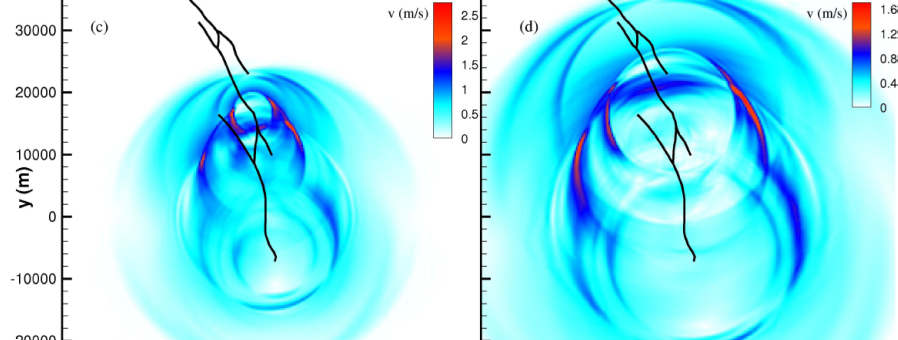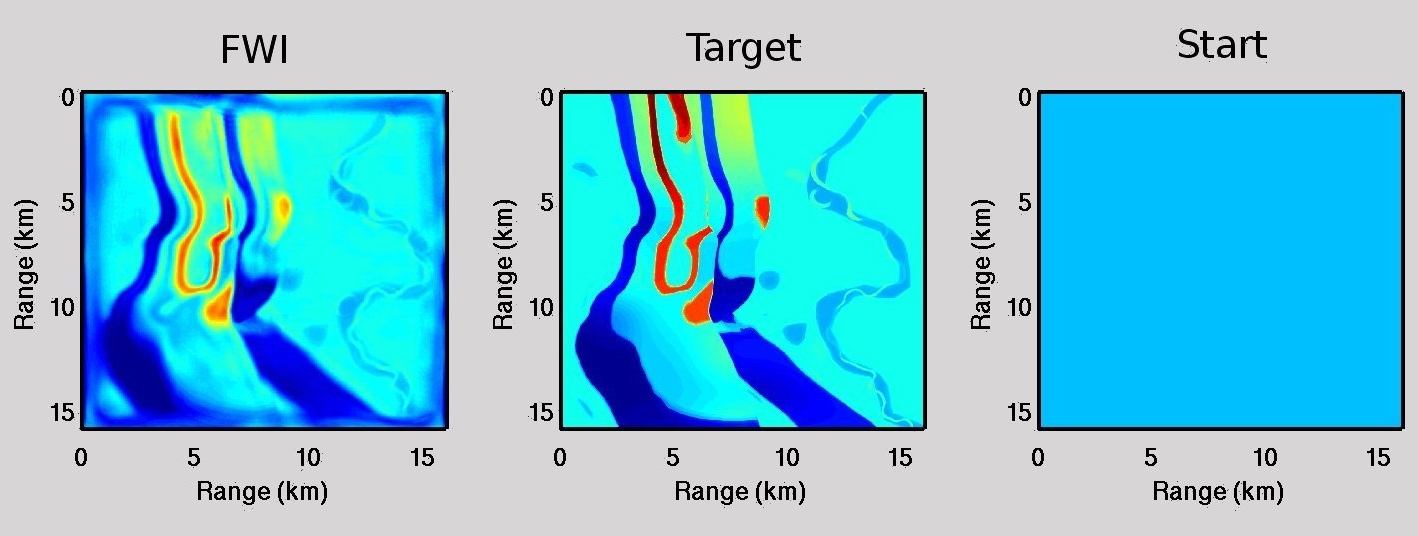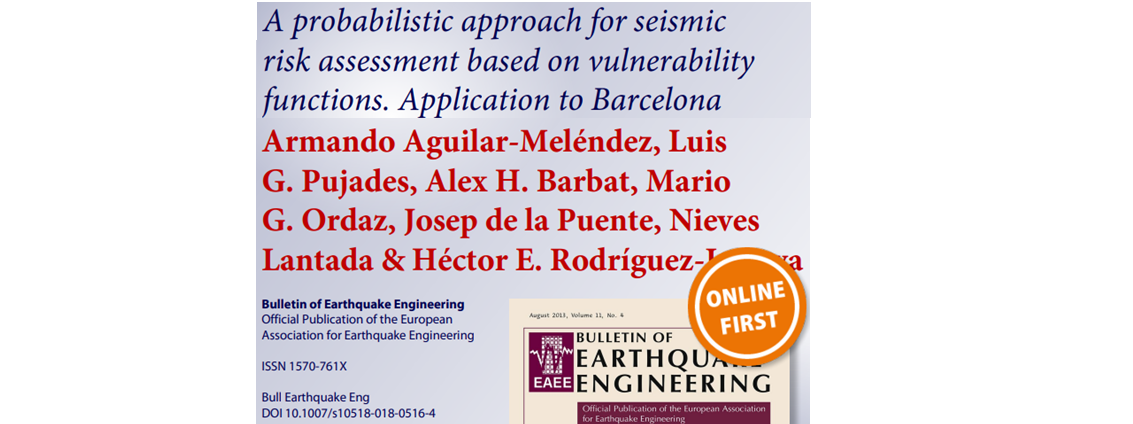Geophysics
-

Earthquake Simulation
Earthquakes can be simulated in supercomputers to study their physical behavior as well as the outcome of the tremendous energy that they release. Such simulations cover from the fine scale of the sliding fault to the regional context which might be hundreds of kilometers away.
-

Electromagnetic Modeling and Inversion
Electromagnetic methods are able to detect the presence of fluids at great depths under the Earth surface. This is a great complement to more traditional seismic methods, that are sensitive to the structure of the underground, providing a better understanding of the Earth internals.
-

HPC Geophysical Applications
Modern geophysical exploration and seismology relies heavily in simulations. Given the size and complexity of our 3D subsurface models, such simulations often result in HPC grand challenges that involve our best knowledge in algorithmics, physics and code development as well as computing capability
-

Inverse Modelling
Inverse modelling gives answers to the question: What are the physical properties of the Earth? By matching recorded data with the outcome of large and complex 3D simulations we obtain accurate maps of the properties of the subsurface.
-

Reduced Order Methods in HPC
Model order reduction aims at attaining the result of many simulations with a single, larger, high-dimensional simulation whose results can be readily stored for future use. The benefit is double: enabling real-time access to an arbitrary scenario and speeding up multiparametric simulations.
-

Seismic hazard, seismic vulnerability and seismic risk
In order to increase the seismic resilience in urban zones, it is necessary to perform the following three assessments: 1) assessment of seismic hazard; 2) assessment of seismic vulnerability and; 3) assessment of seismic risk.
